GOING LIGHT
The KTM 500 EXC project has a parallel mission of minimal luggage. After all, shedding of 30 kg of bike doesn’t make any sense, if everything else remains the same. Not only is it a question of mass, but also volume and where it’s packed. I’m doing my best to keep everything I can below the seat level, and ride without a tail bag. I’ve managed to trim down the total luggage to about 18 kg, including the luggage setup, all photographic equipment, tools and enough spare parts for three months on the trail, but excluding worn riding gear. But that’s another story.
MODULAR VS. INTEGRATED
I prefer a modular setup, instead of riding in an integrated suit. However it does present a challenge for the minimalist, as over a half of the gear will most likely sit in the luggage for long periods of time. Namely the rain gear, mid layer and extra gloves. Riding in an integrated GoreTex suit, such as the Klim Badlands, negates the necessity for rain gear so there is less to pack. But the extra protection of the modular setup and the fact that there is nothing better than riding in full MX attire on hot days makes me stick to my guns.
EXPERIMENTING
The Klim Dakar In-The-Boot Pants are my favorite piece of riding gear. Paired with the Dakar Jersey, a neck warmer and the Adventure Gloves is pretty much my standard outfit on warm and sunny days. I’ve experimented with a couple of setups during the last two seasons. In 2014, I rode Eastern Dirt 14 in the Traverse Jacket and GoreTex over-shell pants, which are a bomb proof setup. Last year in 2015, during The Crimson Trail, I opted for riding in the Dakar Jacket and used a Stow-Away Jacket as a rain shell along with the aforementioned GoreTex over-shell pants. It was a very nice setup, but due to the extreme heat of Southern Europe, the extra gear spent most of the ride in my luggage.
PERFECTING
This year Klim released the Forecast Jacket and Forecast pants. I must admit that I’m really excited about them, as they seem to perfect the setup of my minimalist mission. The jacket is a simple GoreTex shell, just like the Stow-Away, but the hood is gone and there is only a single chest pocket. It packs small, into its integrated stow pocket and weighs around 600 g. The pants are equally nice and simple, and have a bottom zipper from the cuff up to the knee for donning them with boots on. They have an elastic band at the cuffs, which I prefer over snaps as they can get clogged up with crud and are hard to close with cold hands. The pack size of the pants is compact with an integrated stow pocket and a weight of around 580 g. The Forecast set pretty much ticks all the necessary boxes for me, and a great improvement is that they’re my size. With the Traverse, which I love, I had to go one size up to fit my arms in the sleeves with a pressure suit, resulting in a rather baggy fit at the torso. The Forecast Jacket fits nicely over my pressure suit at size L with no limitation in range of motion. I’m really excited to see how the Forecasts hold up on the trails!
Another new item on my gear list is a pair of Klim Summit gloves. They are lighter than the Elements that I’ve used in the past and pack way smaller. The Summits are basically a shell, and are designed to be used with liners. However, I couldn’t fit any liners comfortably inside my standard XL size pair as the finger of the glove seemed rather narrow and long for my bear claw. However for summer riding they are fine as without liners, and I will probably continue experimenting with base layer type glove liners.
And finally, my beloved Adventure Glove has been redesigned into the GoreTex Adventure Glove Short. I do 90% of riding in the Adventure Gloves and prefer not to have a membrane in it, so I opted for the Dakar Pro Glove which is very close to the original Adventure Glove.
THE EVOLUTION OF MASS
The table below illustrates the evolution of the mass of the riding gear. Please note that it only includes fabrics, and not items such as armor, helmet or MX boots, as they are always worn and have remained unchanged for the most part.
The worn mass hasn’t changed much in my quest to lighten the luggage, and I find it somewhat irrelevant anyway, as it’s unsprung mass. However there has been a significant drop in packed mass which affects the handling of the bike.
Of course it’s not about mass alone, but also volume. Riding gear is bulky and takes a lot of space, requiring larger i.e. heavier luggage.
So I’m very happy with the current gear setup, which enables me to have a rackless saddle bag setup weighing just over a kilogram. But more about that later. The main objective now is to get out and ride in the new gear!
2014
Klim Dakar ITB pants 34, 1190 g
Klim Dakar jersey L, 274 g
Klim Element gloves XL, 366 g
Klim Gore text shell pants 34, 764 g
Klim Mojave gloves XL, 66 g
Klim Neck warmer, 50 g
Klim Traverse Jacket XL, 1266 g
Mid layer fleece, 450 g
Worn minimum weight: 1580 g
Carried maximum weight: 2846 g
Total mass: 4426 g
2015
Klim Adventure gloves XL, 122 g
Klim Dakar ITB pants 34, 1190 g
Klim Dakar jacket L, 1432 g
Klim Dakar jersey L, 274 g
Klim Deluxe suspenders, 146 g
Klim Element gloves XL, 366 g
Klim Gore text shell pants 34, 764 g
Klim Mojave gloves XL, 66 g
Klim Neck warmer, 50 g
Klim Stow-away jacket XL, 604 g
Mid layer fleece, 450 g
Worn minimum weight: 1636 g
Carried maximum weight: 3828 g
Total mass: 5464 g
2016
Klim Adventure gloves XL, 122 g
Klim Dakar ITB pants 34, 1190 g
Klim Dakar jersey L, 274 g
Klim Forecast jacket L, 606 g
Klim Forecast pants L, 582 g
Klim Neck warmer, 50 g
Klim Summit Gloves XL, 222 g
Mid layer fleece, 450 g
Worn minimum weight: 1636 g
Carried maximum weight: 1860 g
Total mass: 3496 g
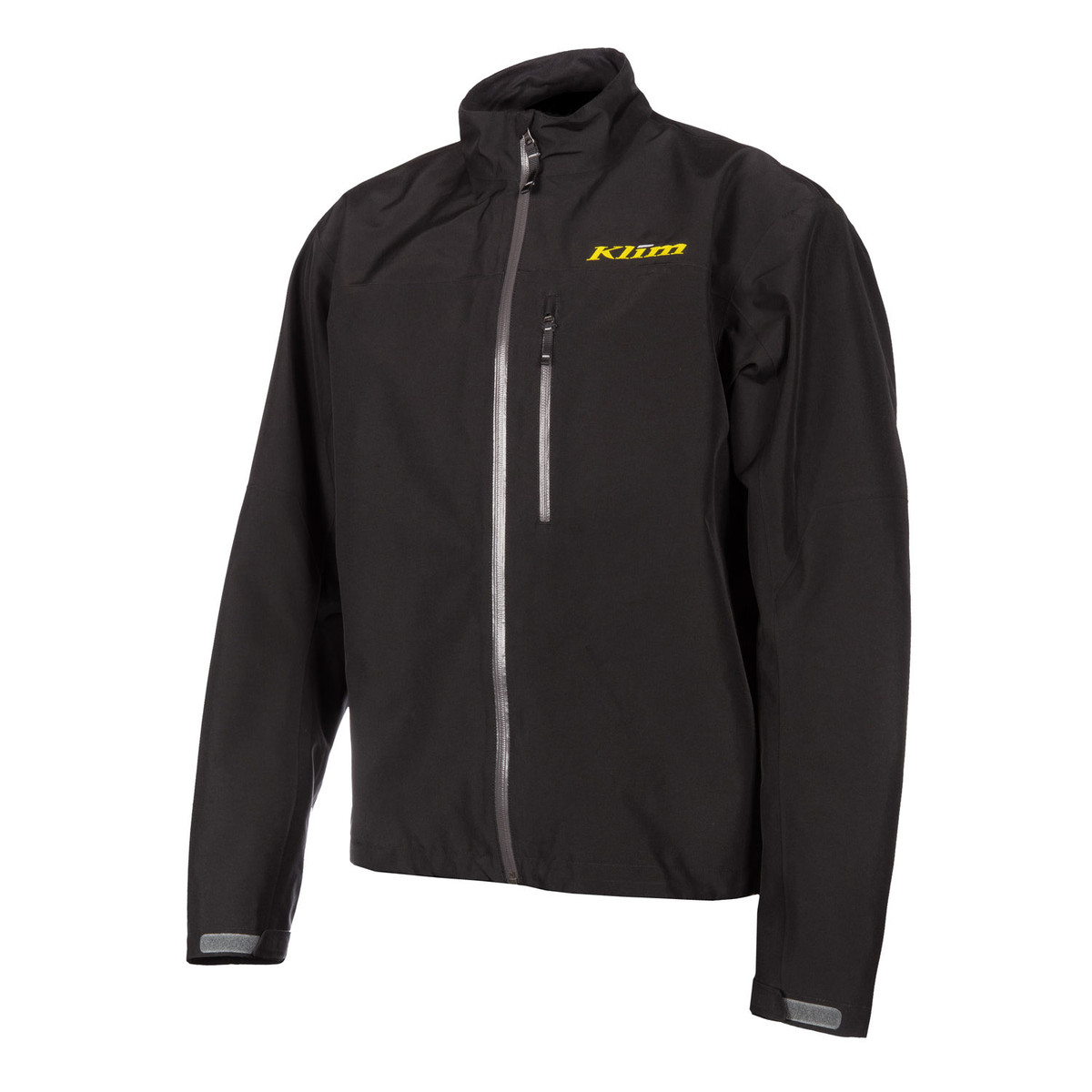
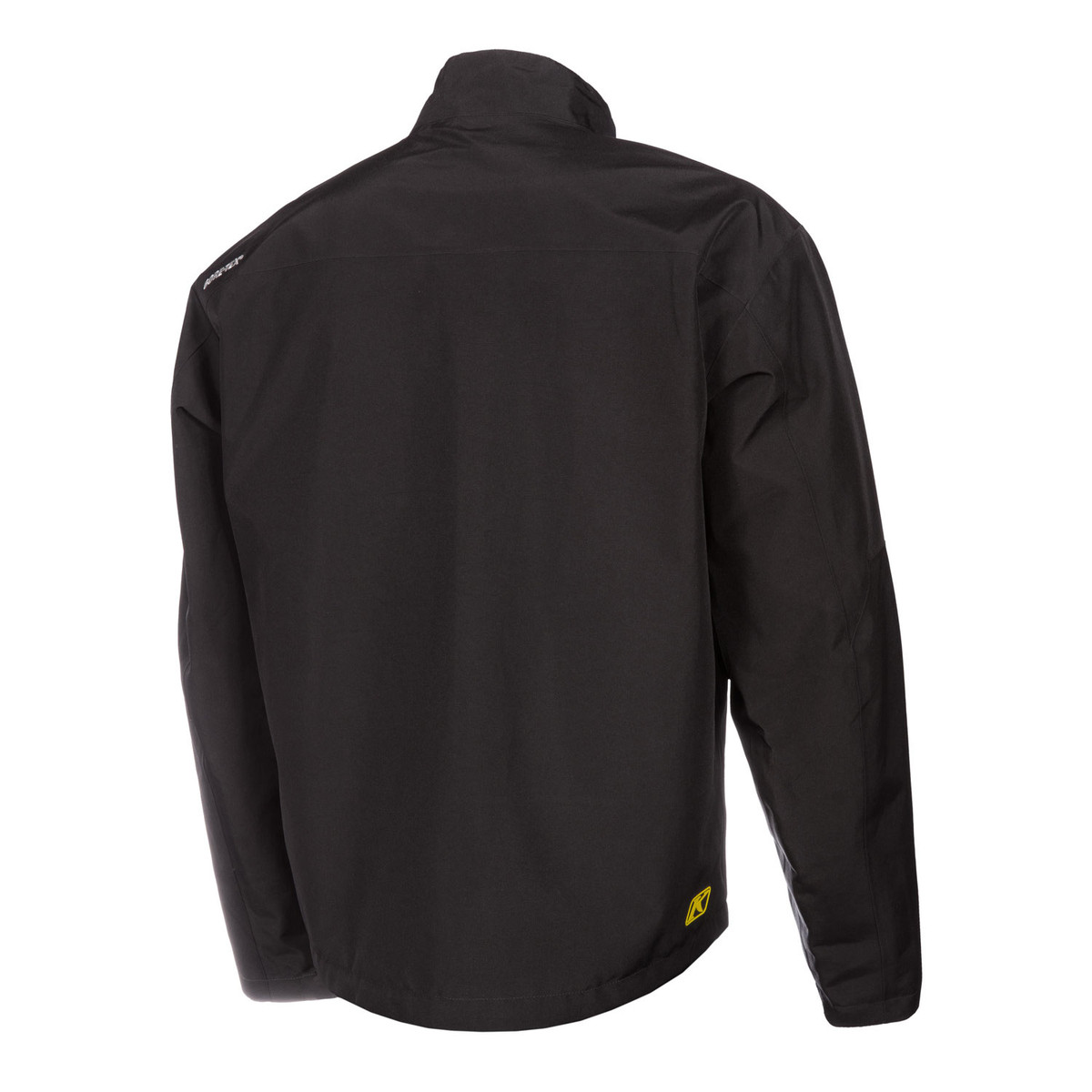

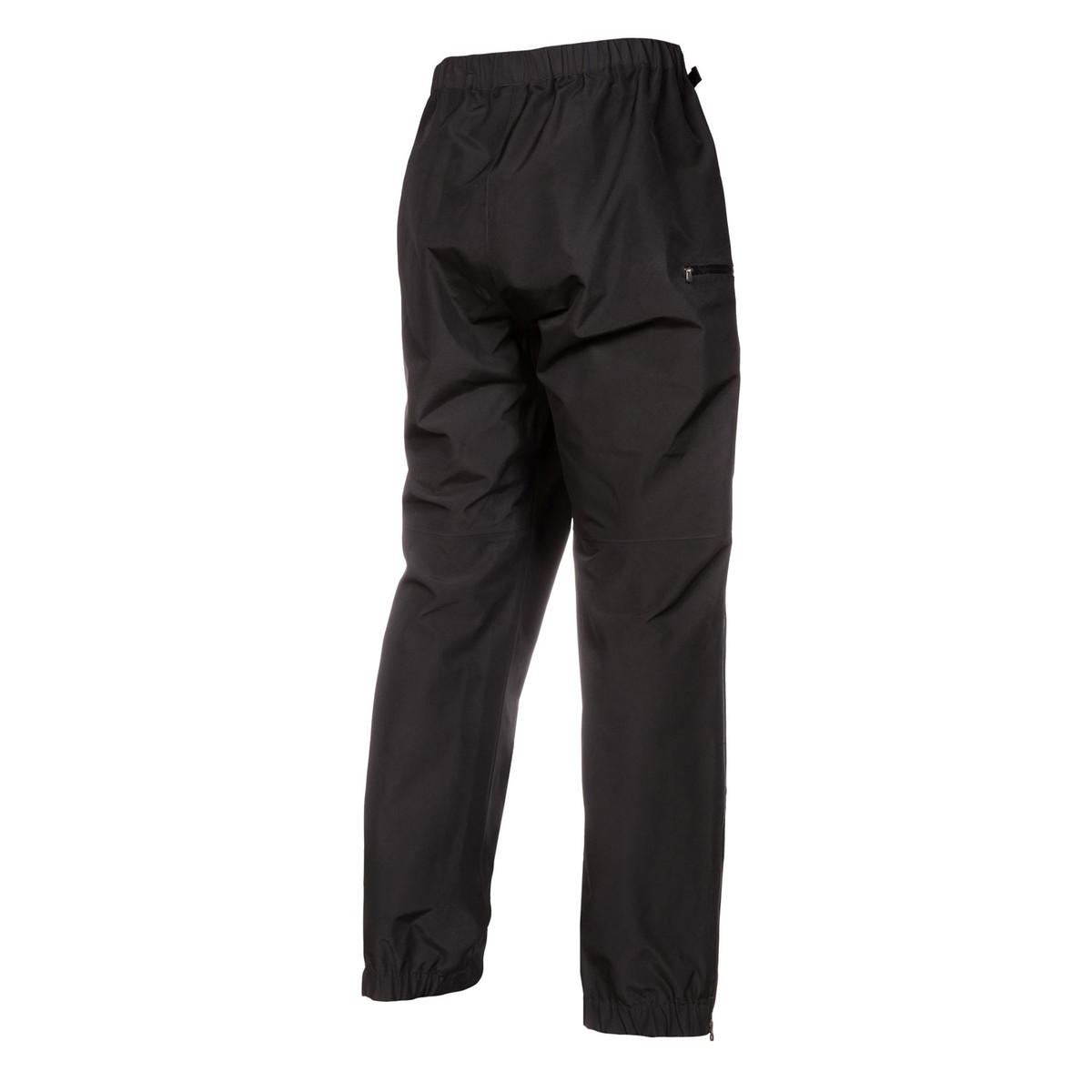
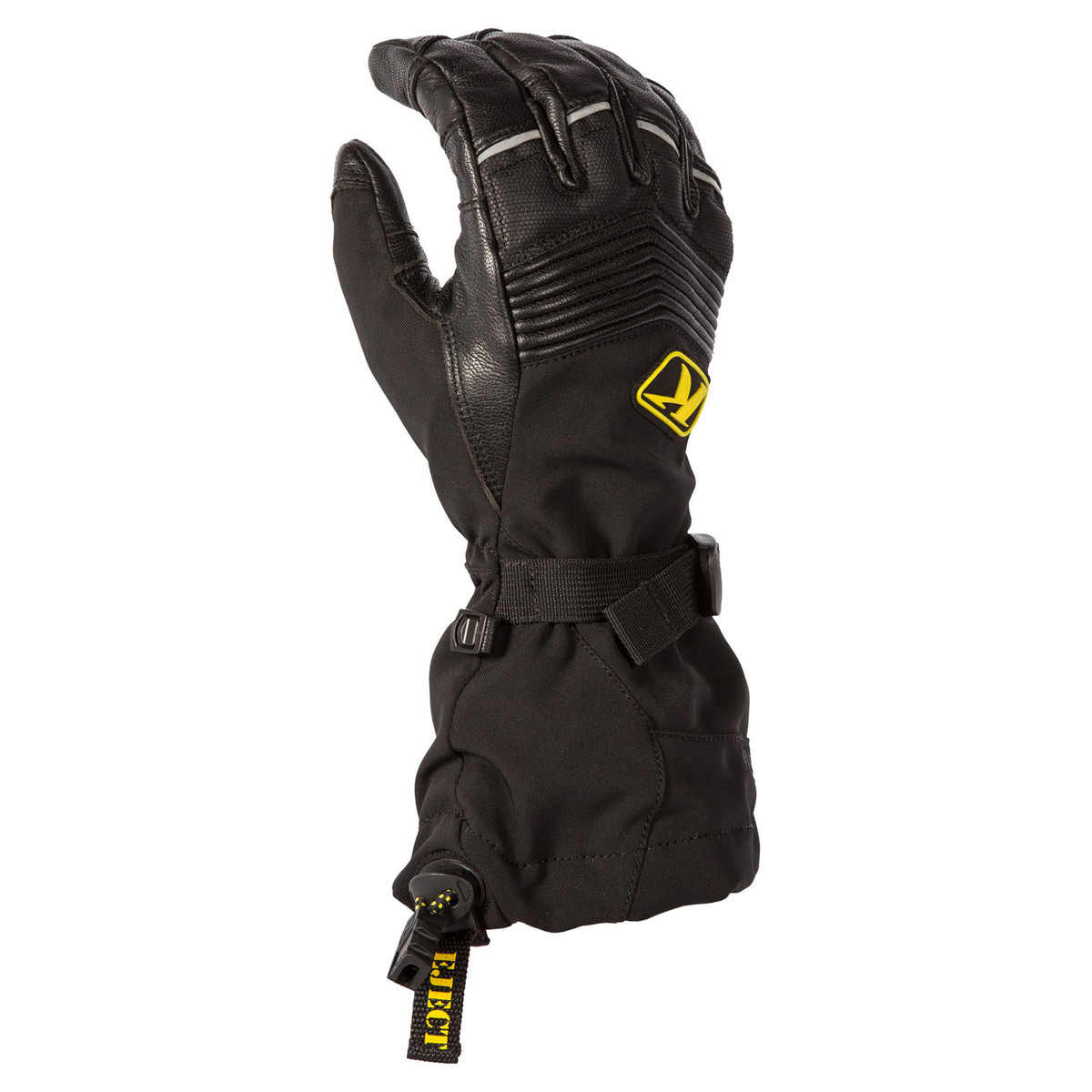
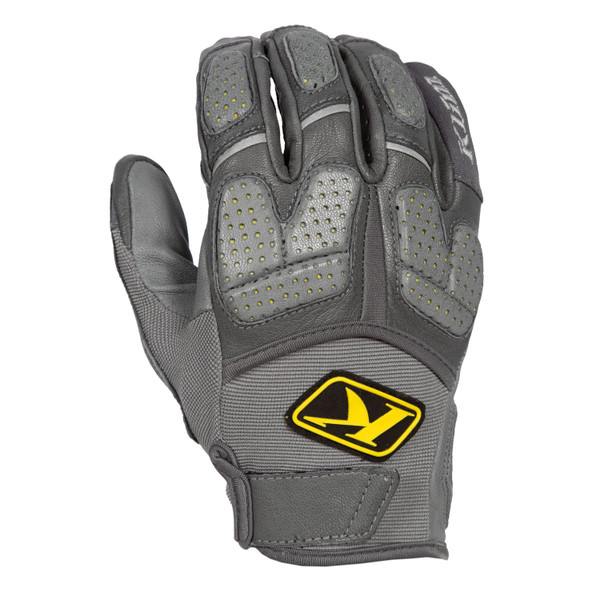
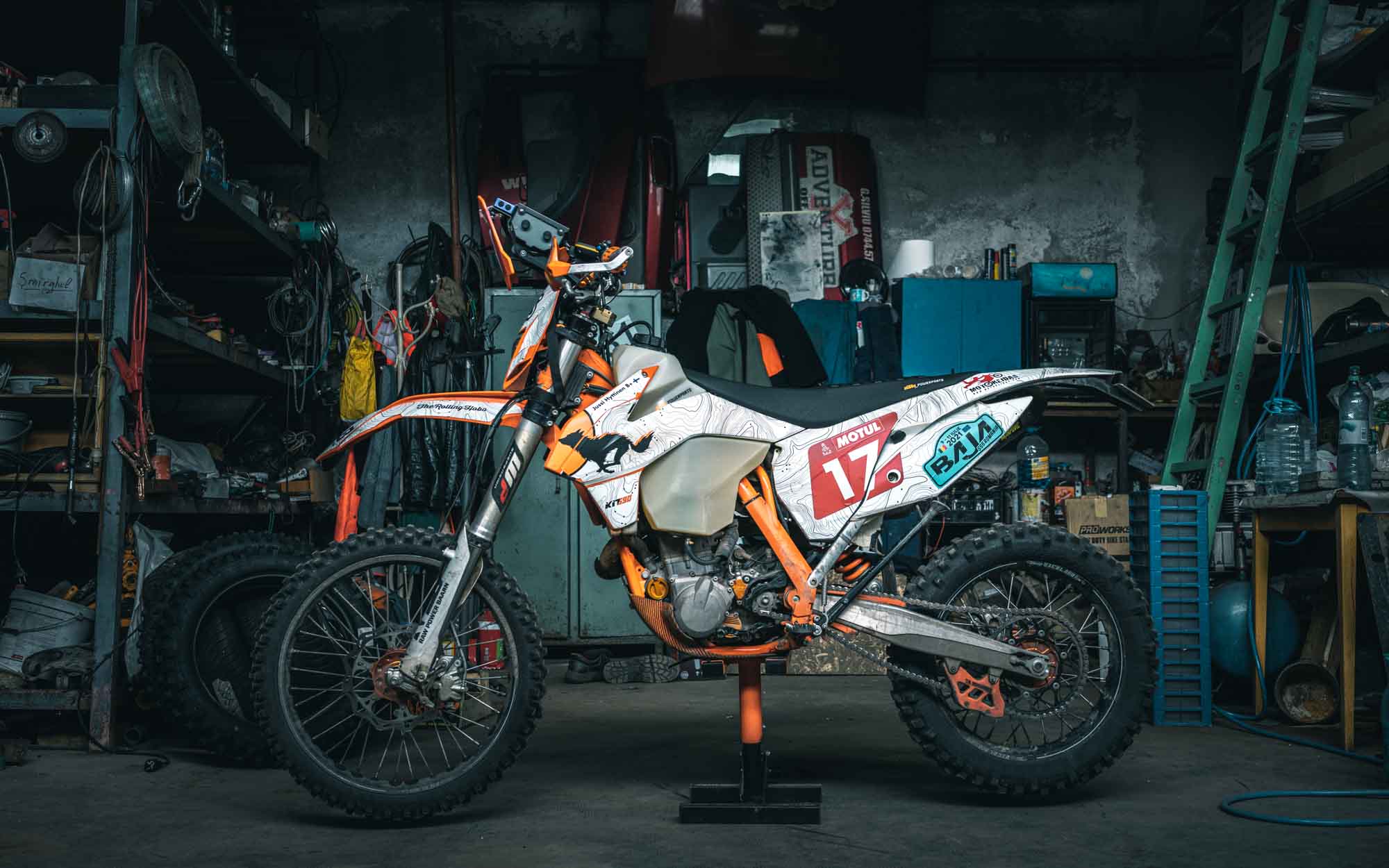
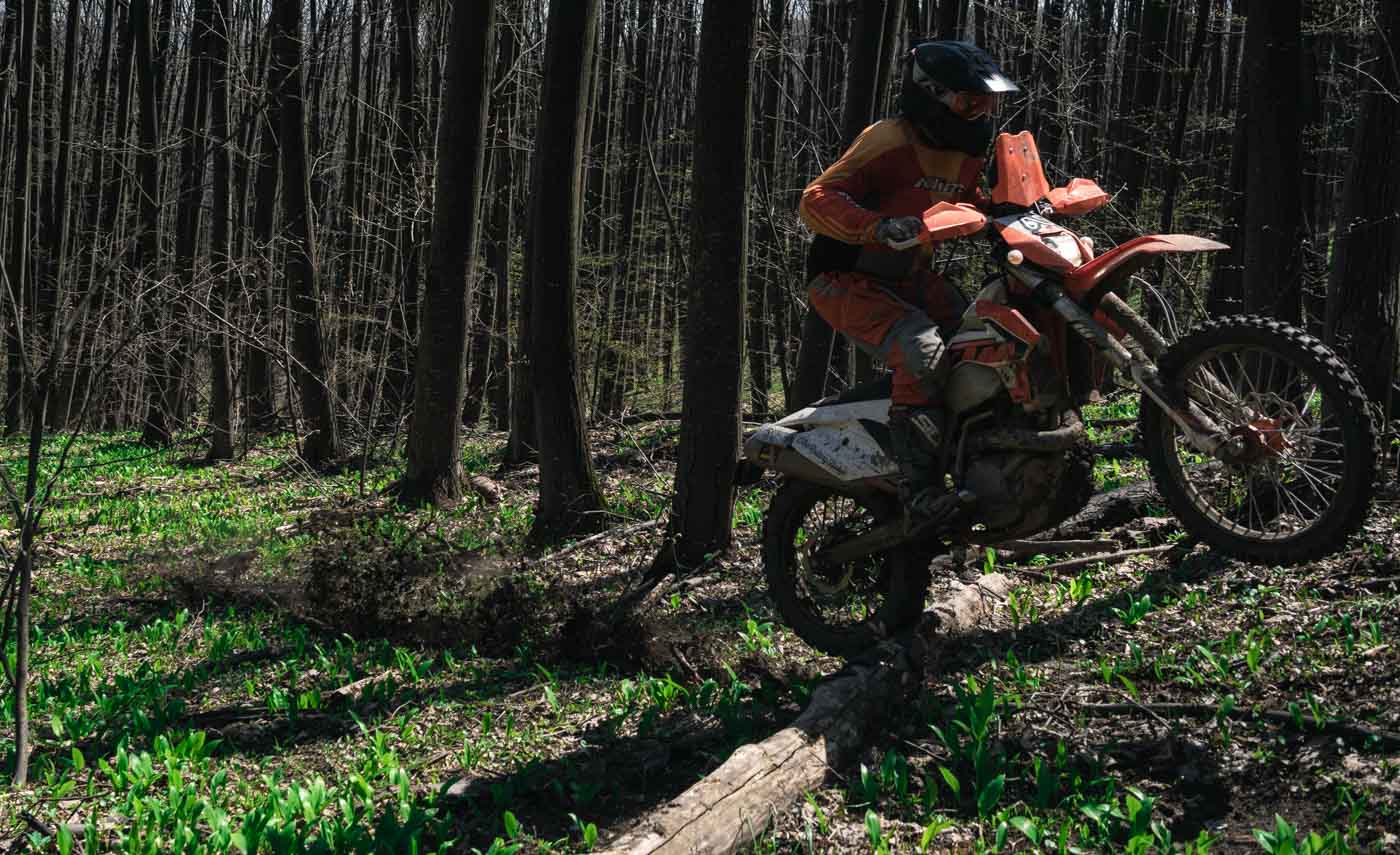
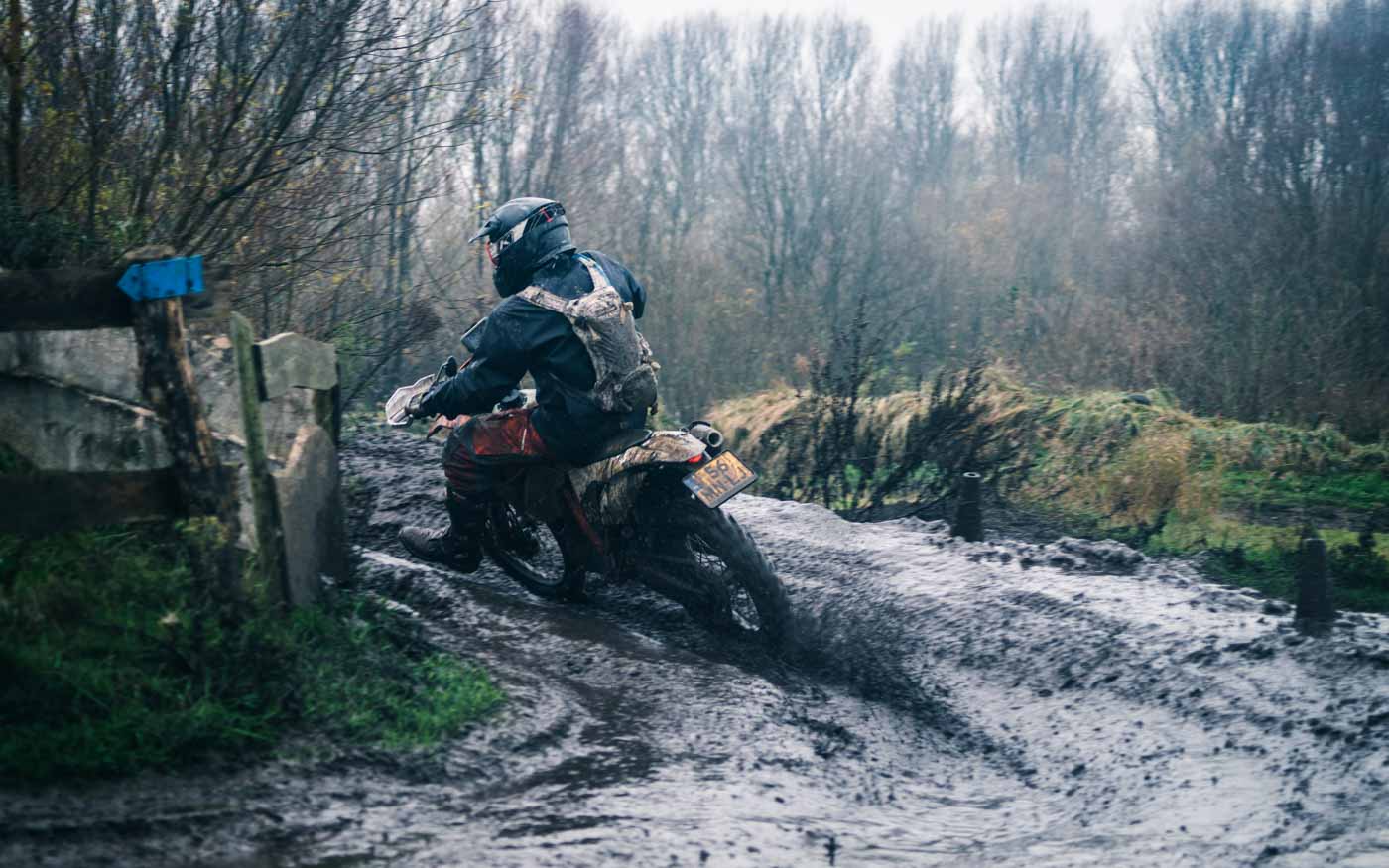
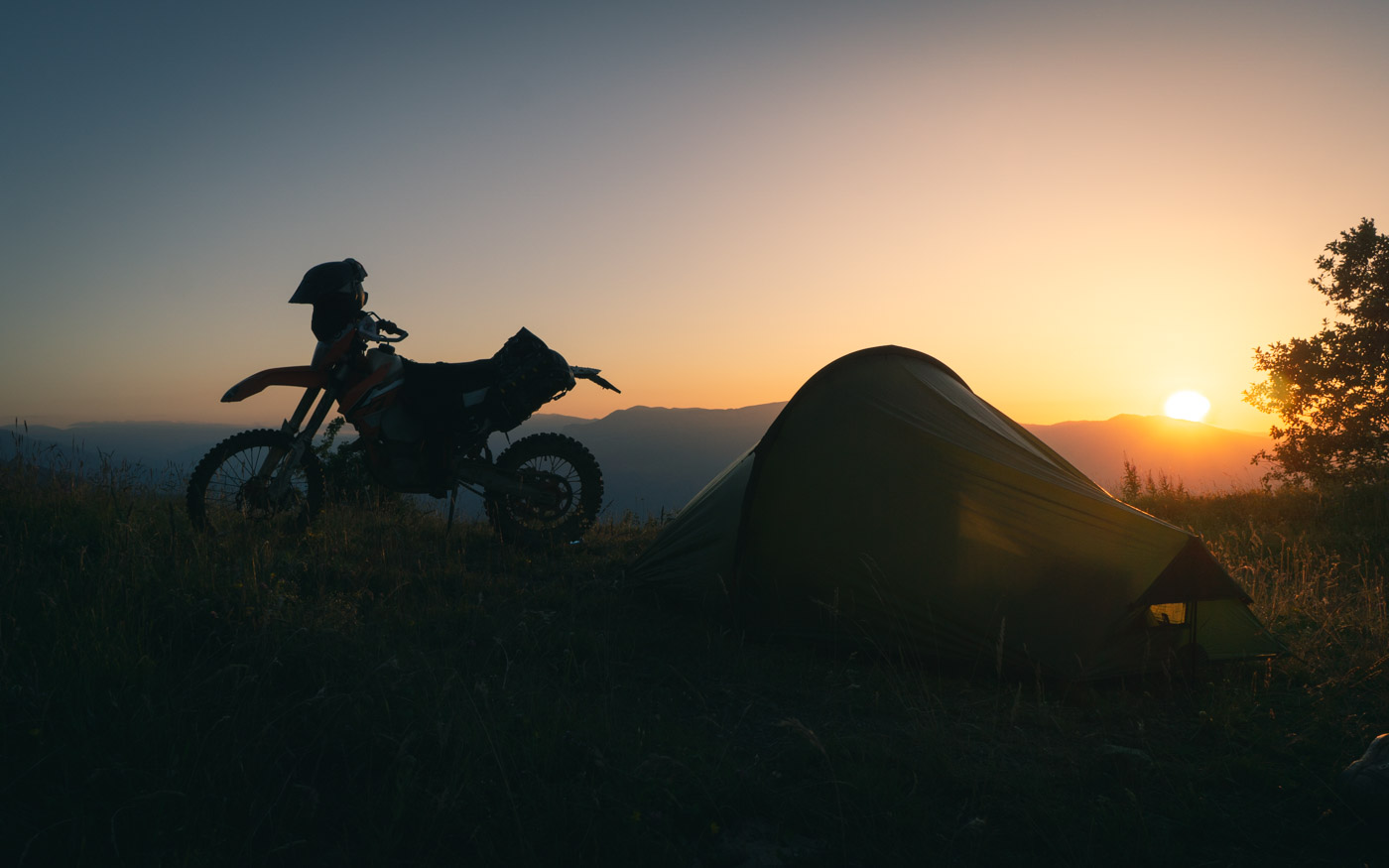
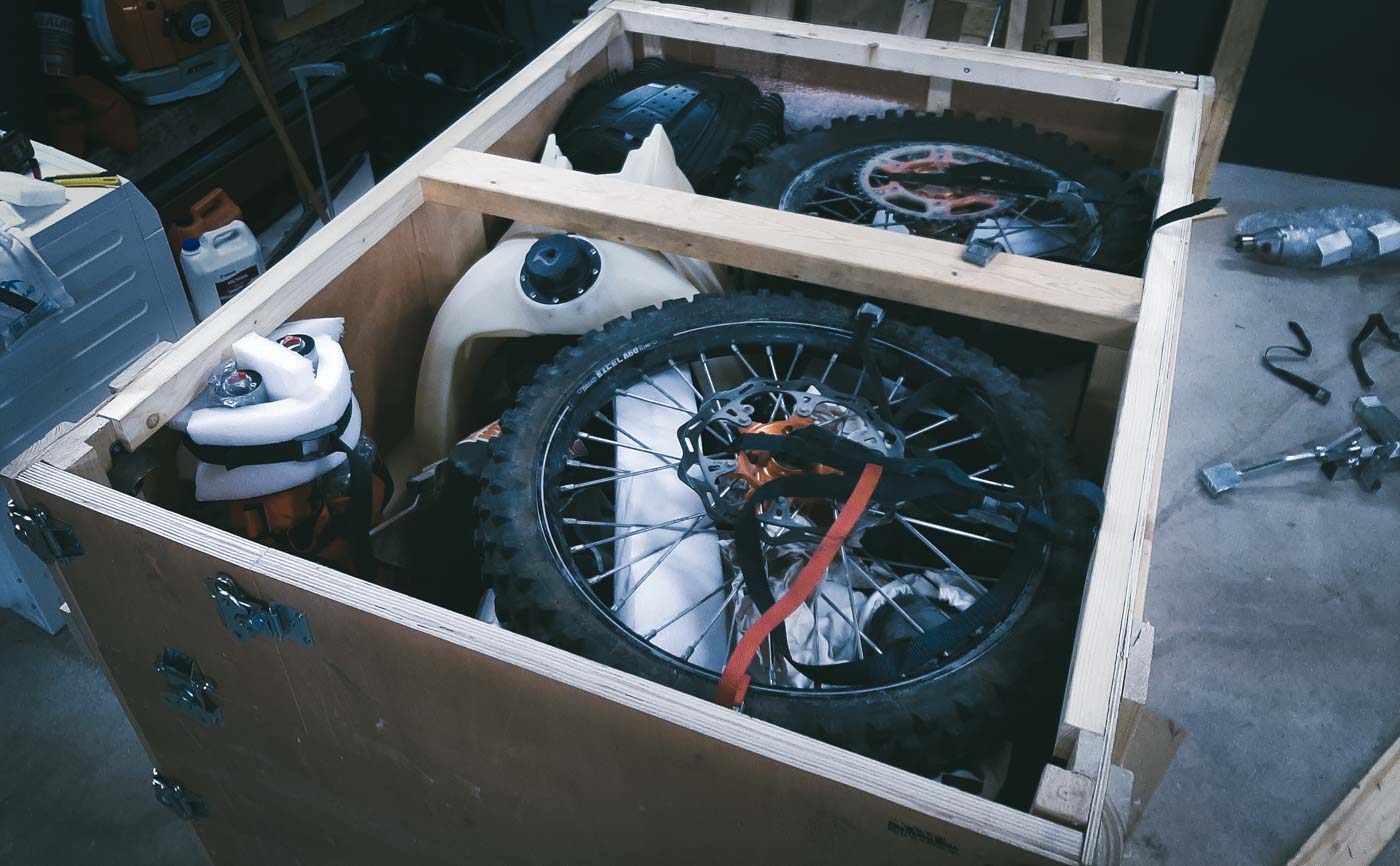
Moi!
I’m curious over you selection of the Forecast over the Traverse. Whats you take on the Forecasts ability to handle the wear of off-road riding, compared to the Traverse?
C, Sweden
Tjena C!
The Traverse Jacket is bomb proof, and mine is still looking mint after seven weeks in Mongolia and Siberia. The Gore TEx shell pant has some holes in it from falling off in rocks etc. Still good to go though.
The Forecasts are a lighter setup for sure, so the jacket will not be able to take as much punishment as the Traverse for sure. With the pants it’s probably the same as the Shell pants. I normally ride in Dakar In-The-Boot Pants, so I couldn’t compare with the Traverse pants…
Happy trails mate!
[…] http://therollinghobo.com/2016/04/riding-light-riding-gear.html […]
[…] http://therollinghobo.com/2016/04/riding-light-riding-gear.html […]
How would you compare the Klim Over-Shell pants to the Forecast pants?
Hi Mike, the Klim Forecast Pants are basically an ultralight version of the Gore-Tex Over-Shell Pants. The GTOS pants are three layer laminate GoreTex with a full length zippers as opposed to the Forecast with a two layer GoreTex laminate with an inner mesh liner and a knee high zipper. This makes the Forecast pants about 25% lighter and more packable compared to the the GTOS. The light construction has a drawback though; due the the full length zipper, the GTOS is easier to put on with MX boots and there is no liner to catch on clasps and whatever is protruding from the boots. The steel toe plate on my MX boots is pretty beat up and likes to catch on the inner liner of the Forecast pants, so care is needed when putting them on.
As for sizing they are both pretty much identical and both are completely waterproof. I find the Forecast’s lightness gives a little better mobility and I don’t feel the need for suspenders because they don’t sag. The GTOS is heavier with less mobility, so I prefer to use suspenders with them.
The bottom line is that the GTOS is more durable than the Forecast, but in the end both pants will likely get beat up if taking falls on rocky terrain, especially with hard knee armor. I personally prefer the Forecast, due to the weight, packability and excellent mobility, but as they are super light, they will probably be outlived by the GTOS on the long run.
Moro. Onko nuo klimin forecast takki ja housut tarkotettu että ne voi vetässä kevyempien ajokamojen päälle sateen sattuessa? Ei nuista saanu niin selvää vaikka netistä yritti etsiä. Ja englannin kielen taitokin vähän niin ja näin välissä 😀
Moi Juho. Forecastit ovat tosi kevyet ja suunniteltu juuri kuten arvelit, eli kamojen päälle vaan kun alkaa vettä tuleen. Mä ajan normaalisti polvisuojilla, crossisaappailla ja panssaripaidalla, joiden päällä Klimin Dakar In-The-Boot housut eli lahkeet saappaiden sisälle ja normaali Klimin ajopaita. Housut kokoa 34 tuumaa ja paita Large. Sekä Forecast housut, että takki ovat kokoa Large ja menevät just hyvin edellä mainittujen kamojen päälle eikä lepata. Mä olen pitkillä jaloilla varustettu 180 cm / 88 kg.
Forecastit ovat tosi kevyet verrattuna esimerkiksi Traverse takkiin ja GoreTex Over Pantesihin. Ne pakkautuvat tosi pieneen ja painavat about 600 g per kappale. Forecast housut ovat 2-kerros gorea, eli laminaatin lisäksi on housujen sisällä verkkokangas, joka omien kokemuksien mukaan jää herkästi kiinni crossisaappaiden repsottavaan varvasrautaan, joten varovainen saa olla pukiessa. Forecastien lahjevetskari tulee vain about polveen, joka myös hieman vaikeuttaa pukemista verrattuna GT Shelleihin, joissa on 3-kerros gore, eli kaikki kankaat yhdessä paketissa ja vetskari vyötäröön asti.
Tosi hyvät ne Forecastit ovat, ja meinasin niillä lähteä reilun viikon päästä parin viikon reissulle Balkanille. Sen jälkeen on sit lisää kokemusta, jos kiinnostaa. Se Traverse/ GT Shell yhdistelmä on ihan tökeen hyvä, mutta tälleen gramman ja tilavuuden viilaajana ne jää tällä kertaa kotiin…
[…] I’m an advocate of riding light in modular gear, the Forecast shell gloves make a lot of sense to me. I usually run the Klim […]
First, this is — by far — the most superb moto vlog I’ve ever seen. Super impressive thinking, jaw-dropping photography, keen writing skill and singular trips; as a moto blogger, you have no peer. Needless to say, I’m a subscriber and I hang on every word, and admire every photo.
Using your experience and recommendations to get my clothing sorted and about to place a big order to replace nearly all of my current riding gear which I learned the limitations of. The more I ride, the less I seem to know about clothing, if you catch my meaning.
With rain gear, depending on climate and how remote you are, on a long solo trip you might say you are trusting your rain gear with your life. So with a year of experience now, how are the Forecast pant and jacket working out?
Hi Bob, and thanks for your kind words, you’re making me blush here bro 🙂
I’ve been very happy with the Forecast set. As they’re very compact and light, I feel they perform very well in a warm and dry climate, where the rain gear is mostly stowed in the panniers. They hold up well against the elements. But due to their ultralight construction, they are more prone to wear and tear compared to other Klim products. I think this was a conscious engineering decision on Klim’s part, as the Forecast’s were designed more as a backup option for bad weather rather than an expedition suit, and low weight and compact volume come at a price. Still, I will ride in the Forecast’s during this summer’s 2-3 month expedition.
For more wet and colder expeditions I would definitely go with the Traverse Jacket. It’s absolutely bombproof and the sizing on the new model is perfect. As for pants, I always prefer the Dakar ITB’s and will stick to the Forecast pants for rain protection. The GoreTex shell pants are a more rugged option, but in wet expeditions the feet are wet for most of time anyway, so I’m not that concerned with a few leaking holes in the pants. The boots will leak anyway 😉
Hi Jussi, long time listener, first time caller (that I can remember!). Love your site and commitment to quality in your posts. I’ve got two KTMs: a 990 and a 450, which I adventurised last year with some good tips from your site for a Simpson Desert crossing here in Australia. Learned a lot about the advantages _and_ disadvantages of a lightweight bike on that trip.
At the moment I’m looking at swapping from a Badlands suit to a modular set-up, too. Badlands will stay for nastier climates but I want something more flexible. I have a question, finally, for you:
With your latest set-up you obviously have minimal abrasion resistance. Is this because you’re simply not covering longer, higher-speed road sections where it’s worth worrying about? I’m thinking a Dakar or Traverse jacket may be better for me in this case as there rides usually include long-ish transport sections.
Hi Dave, and thanks for posting. It sounds like you’ve got some excellent terrain and a nice fleet to roll with. Looking out at a -16°C snowy Estonian winter paints a very different picture here 😉
Anyhow, you’re absolutely right about the Forecast vs. Traverse durability issue. The Forecast was never designed to hold up against heavy abrasion, but instead as an ultralight rain jacket. However, I find it to be perfect for summer expeditions in warm and dry climates. I’ve been rolling in it for the last two seasons and it’s holding up fine. Mind you that I’ve only worn it for maybe 20% of the total ride time.
On the other hand, this summer I’m looking at the Russian Arctic, which is cold, wet and rainy. To prepare against the miserable climate, I’m starting to lean towards the Traverse jacket. It’s pretty much bomb proof and doesn’t flap around in transit sections and other high speed stuff. Unfortunately it is also heavier, so I would not carry it unless I knew that I will be wearing it for most of the time during the expedition.
BTW the Dakar jacket is super nice, but it isn’t waterproof. So if you go with that, you might still need a Forecast jacket for rainy days. Unless of course it never rains in Australia 😉
Thanks Jussi, really appreciate the response!
It definitely rains in Australia, so just as you say I’d be looking at getting a light rain layer as well — possibly a one-piece set-up that is very thin and packs down as small as possible. I’m actually thinking about this from the point of view of a long trip that I’ll be doing down the West coast of Africa towards the end of this year. I’m expecting tens of thousands of kilometres of mixed terrain, but certainly some of that will include long days at 80Km/h+ on the road, which is where that abrasion protection would be wise, I think.
The problem with the Traverse is the venting isn’t so great (from what I can tell) so then it might be a pain in hot weather. The Dakar seems better for this. In fact someone has even suggested the Induction. I’m actually also looking at the KTM Racetech jacket as an alternative to the Dakar.
Anyway, thanks for the reply and I’ll let you know what I end up deciding, and whether it works!
P.S. I didn’t get an e-mail notification when you replied to my post. Not sure if your blog is meant to do that!
Hiya Dave, glad to hear you got something out of my ramblings. 😉
The Traverse has two pit vents and a horizontal back vent, which is not optimal with a hydration pack. But I usually wear a Dakar jersey over my armor jacket. So I only use the rain shell only when it’s too cold for just the jersey, or when it rains. So neither case usually requires much ventilation.
The Dakar jacket does have better venting, especially on the arms. But the Dakar is definitely bulkier than the Traverse, if I recall correctly. I have no experience on the Induction.
Looking forward to hearing which way you decide to take, and thanks for the heads up on the post notification. Commenters should now be automatically notified on news posts. But the subscription without posting does not seem to work yet. Will need to look into it….
Thanks Jussi — I’ll keep you and your readers in the loop for sure!